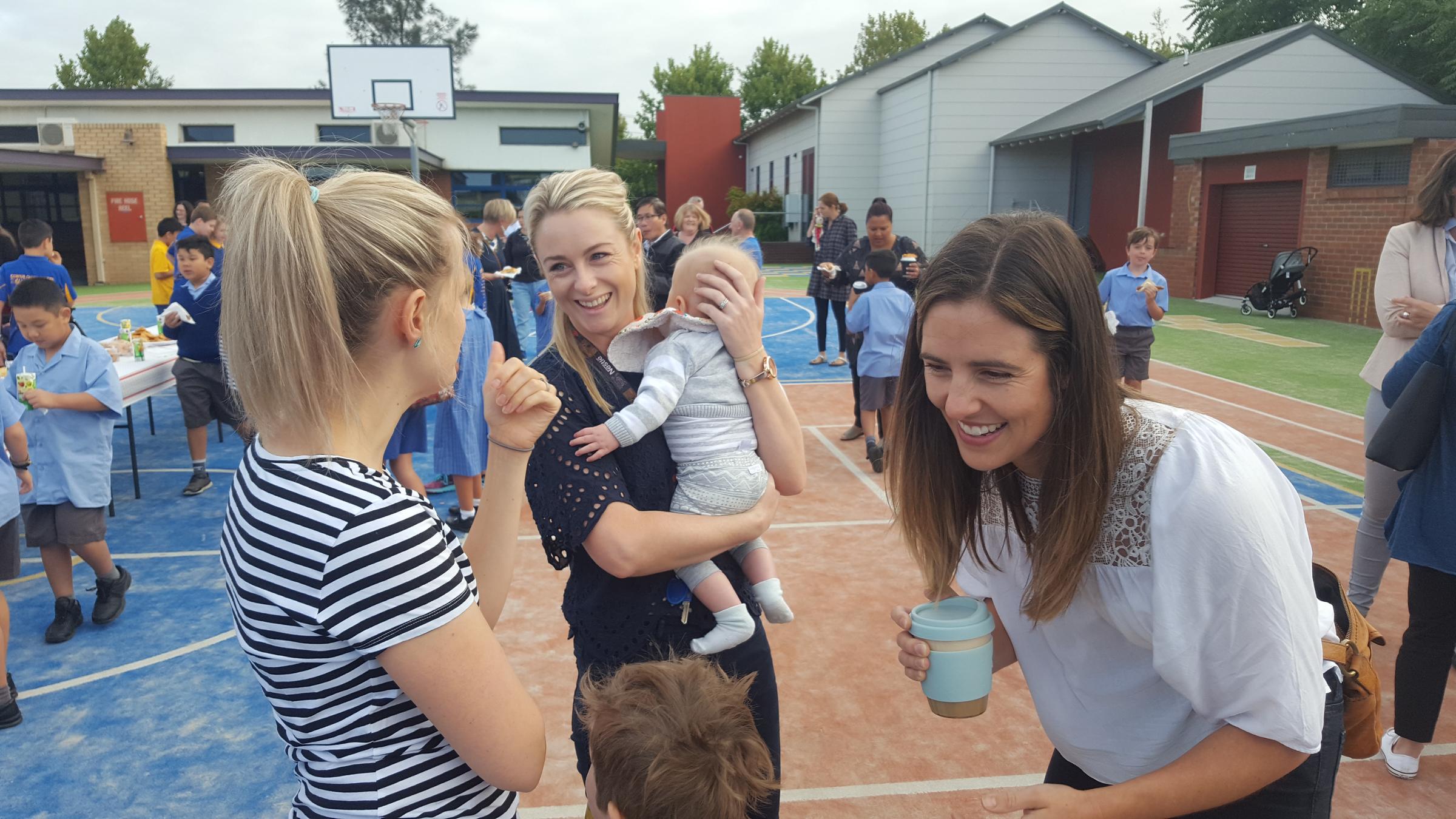Parent Partnerships

Structure (not rigidity) the Key to Success
ISSUE 3 | TERM 4 | 2025
Written by Dr Justin Coulson
One of the most common questions I hear from parents—whether their children are 3, 13, or 17—is:
“Why does it feel like bedtime, chores, or even just getting ready for school turns into a battle every day?”
The short answer? Many kids are missing clear structure – and the emotional connection that makes that structure feel good.
The Power of a Calm Routine
In our home, bedtime with one of our daughters had become a struggle. She hated it. In her words, it was “unnecessary and unwanted.”
So instead of lecturing or nagging, we sat down with her to create a simple bedtime structure she could look forward to – things like a warm bath, quiet time, some one-on-one conversation, and even a calming massage (and prayer… we are a family of faith).
Here’s what happened: when we followed the routine – the structure – everything was calmer, more cooperative, and more connected. She even started going to bed earlier – on her own!
Why?
Because the structure gave her a sense of predictability. She knew what was supposed to happen and when it was supposed to happen. It also gave her a sense of competence. And because each step also included moments of love and connection, it didn’t feel like something being “done to her” but something we shared together. Beyond that, however, it worked because she had a voice in developing a structure that she could feel good about.
Why Structure Works at Every Age
Structure is more than just a bedtime trick though. It’s a universal principle that helps children of all ages feel safe and capable. Everyone understands the importance of feeling “safe”. But it’s that second bit – capable – that is the surprise. Feeling a sense of competence is a basic psychological need. (I wrote about these needs in my book, The Parenting Revolution.) What makes kids feel competent and capable? Structure.
When children know what’s expected of them, and when, and how it’s expected (so, structure), they’re more likely to:
Cooperate without constant reminders
Feel less anxious and more confident
Build the autonomy and responsibility they need as they grow
Whether it’s your 4-year-old cleaning up toys, your 9-year-old getting ready for school, or your 17-year-old juggling assignments and part-time work, structure helps them succeed.
But here’s the key: it works best when paired with emotional connection. Structure should be developed in a supportive way, not a controlling way.
The hugs. The “I love yous.” The quiet conversations that remind them they matter. Structure without love can feel cold and rigid. Love without structure can feel chaotic. Together, they’re magic.
What Parents Can Do This Week
Here are 4 steps you can take to build structure and connection at home this week:
1. Identify one tricky time of day.
Is it mornings? Homework time? Bedtime? Choose just one to focus on for now.
2. Involve your child in making a plan.
Sit down and agree on a simple routine. Keep it short and include at least one thing they enjoy. (For older kids, this might be agreeing on deadlines and check-ins for schoolwork.)
3. Add connection.
Build little moments of love into the routine – a hug before school, a chat while making dinner, a kind word before bed.
4. Aim for progress, not perfection.
Even if you only follow the routine half the time at first, you’ll start to see changes. Be consistent, but also kind to yourself when life happens.
Structure helps children feel competent and secure. Love helps them feel valued and connected. Both are vital.
When kids feel like they know what’s coming next—and know that they’re loved no matter what—they’re happier, more motivated, and more cooperative.
And so is the whole family.

